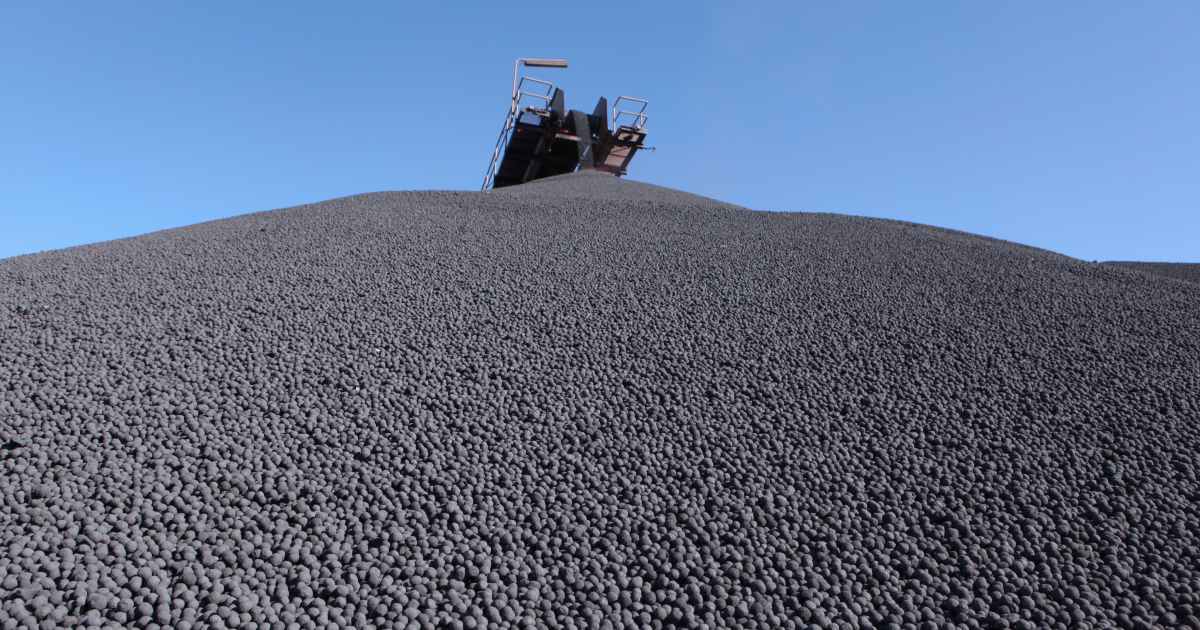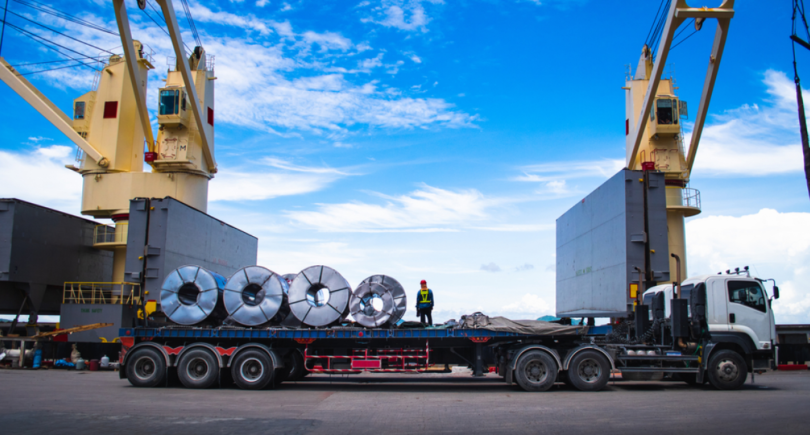
News Global Market EU 1846 02 June 2023
The main volume of products was shipped from Russia and Libya – 357.7 thousand tons and 100.5 thousand tons, respectively
In January-March 2023, the European Union reduced the import of direct reduction iron (DRI) by 33.3% compared to the same period in 2022 – to 635.4 thousand tons. This is evidenced by Eurostat’s data.
In March 2023, the volume of DRI deliveries to European consumers decreased by 31% compared to March 2022, and by 11.5% compared to the previous month – to 198.59 thousand tons.
Italy, Germany, France, Belgium, Portugal and Poland are the main importers of direct reduction iron among the EU countries in the first quarter, in particular:
- Italy – 226.82 thousand tons (-35.4% y/y);
- Germany – 149.1 thousand tons (-31% y/y);
- France – 46.9 thousand tons (-20.5% y/y);
- Belgium – 75.54 thousand tons (-16.5% y/y);
- Portugal – 39.1 thousand tons (-31.7% y/y);
- Poland – 33 thousand tons (0.005 thousand tons in January-March 2022).
The largest supplier of DRI to the European Union is Russia. In January-March 2023, Russian enterprises shipped 357.74 thousand tons of direct reduction iron to European consumers, which is 33.2% less compared to the first quarter of 2022. In March, the EU imported 95,000 tons of these products from the Russian Federation (-41.4% y/y).
The main importer of Russian products is Italy – 195.31 thousand tons, which is 28.7% less y/y. Belgium is in the second place with 75.53 thousand tons (-16.5% y/y).
Libya shipped 100.5 thousand tons of DRI to the EU in the first quarter, increasing the figure by 21.3% y/y. In March, European steelmakers imported 48.05 thousand tons of direct reduction iron (+51.3% y/y) from Libya.
The import of DRI from Venezuela for three months amounted to 59.66 thousand tons (+26.5% y/y), and in March – 19.31 thousand tons (-9.1% y/y). Trinidad and Tobago delivered 63 thousand tons of DRI to the European Union in the first quarter (+46.5% y/y) and 9.28 thousand tons (-61.9% y/y) in March.
As GMK Center reported earlier, the European Union in January-March 2023 reduced the import of iron and steel products from Russia by 58.7% compared to the same period in 2022 – to 1.361 million tons. Costs for the import of Russian products amounted to €662.11 million, which is 53.1% less y/y.




